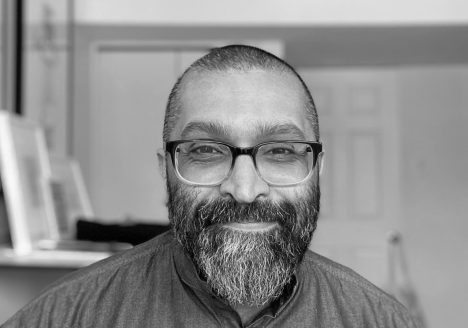Research Spotlight: Architecture Enacted Otherwise with Ozayr Saloojee
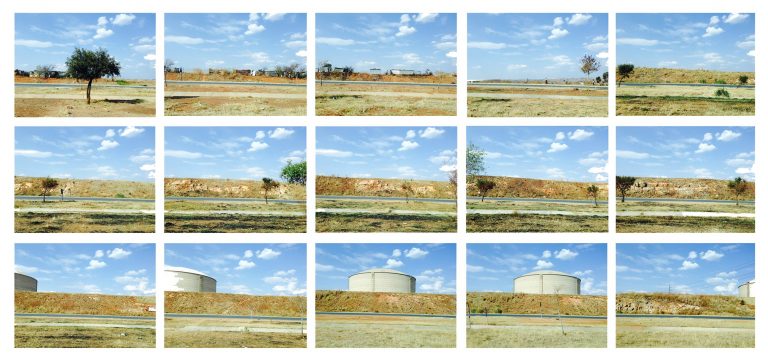
From reflecting on global urban waters, to a drawing series on built and remembered buildings, Ozayr Saloojee, Associate Professor at the Azrieli School of Architecture and Urbanism, has a steady stream of projects on the go as he approaches the halfway point of his two-year sabbatical.
“Architecture enacted otherwise is a significant theme of my research and my creative projects over the course of the sabbatical,” Dr. Saloojee expressed.

Current Research and Projects
An Accountability of Love/An Argument for Unknowing, a series of drawings he started in 2020, features buildings he visited before the pandemic. The drawings re-interpret drawing conventions in Ottoman, Mamluk, Andalucian, and Renaissance buildings as a way to think through how conventional representation frames certain world views that can be exclusive, marginalizing, and limiting.
“The project is a way to think about drawings done otherwise; a way to consider sites and buildings as whole, local narratives and to challenge and destabilize the professionalization of those histories from those outside of the historical, social, cultural, and narrative worlds of those contexts,” said Dr. Saloojee. “How we see ourselves, and our selves in the discipline of architecture, is something I’m trying to think through with this drawing project.”
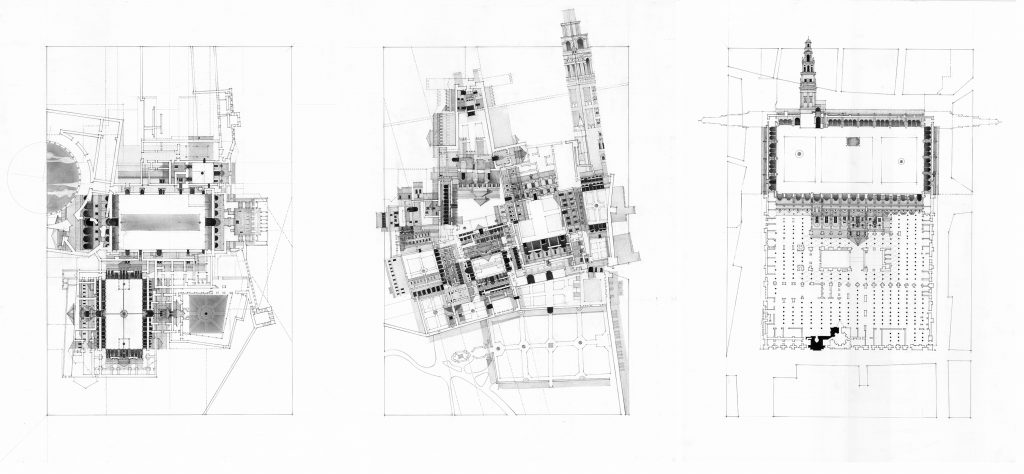
His manuscript on urban waters in cities he has visited reflects on the Bosporus, the Tiber, the Mississippi, and the Great Lakes. The writings on these liquid landscapes bring forward entangled questions of systems, transformation, and locally subjective knowledge.
Together with landscape architect, Jamie Vanucchi from Cornell University, Dr. Saloojee is also finishing a book tentatively titled Design Research for Uncertain Futures. It brings together a series of writers, architects, designers, scholars, and researchers to reflect on uncertain urban and landscape futures—due to geo-political circumstances, landscape transformation, the climate crisis and more —to rethink conventional ideas of research as design, as practice, and as active pedagogy. The book will be available next year.
Another project Dr. Saloojee is involved in, Laterite Johannesburg, explores extractive terrains and mining landscapes in South Africa, a project he hopes to collaborate on with colleagues from the Graduate School of Architecture in Johannesburg. That project looks at the human and more-than-human implications of South African soil, earth, air, water, and the spatial politics those landscapes contend with.
As with Laterite Johannesburg, much of Dr. Saloojee’s research over the years has been influenced by his experiences growing up in South Africa, and the places he has lived since.

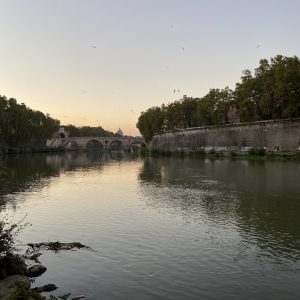
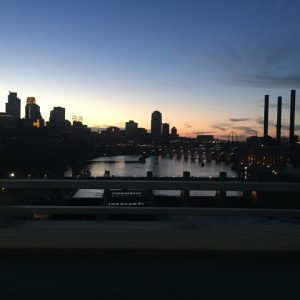

South African Influences
Dr. Saloojee’s interest in architecture came from both a love of drawing and a deep curiosity about people and space. Growing up in Johannesburg, during the apartheid in South Africa, informed his sense of being in the world.
“Growing up in South Africa, just outside of Johannesburg, we lived in a segregated neighbourhood. I went to a segregated school, my father could only work in a segregated area, and we had to visit Durban’s segregated beaches when we went on holiday. Much of my life has been a continuous encounter with space and its limits, or space and its exclusions. The question of ‘fit’ has been a perennial question – both in research, in teaching, and in my own practice. This has been a very important thread in my work,” shared Dr. Saloojee.
Dr. Saloojee’s family moved to Canada in the mid-1980s, and he lived in the United States for some time after that, teaching at the University of Minnesota’s College of Design, where he was affiliate faculty in Landscape Architecture and Religious Studies.
“Most of the things that drive my research in large part come from that embodied experience of growing up in South Africa, of moving to Canada, moving to the U.S, and back to Ottawa. My teaching, research and practice is diasporic in a way – constantly moving between worlds,” said Dr. Saloojee.
Dr. Saloojee is also cross-appointed at Carleton University’s Institute for African Studies. He said it is wonderful to be affiliated with African Studies, and to see the investment in Africa as a site of study, as an epistemology, and as a core course of learning rather than an elective.
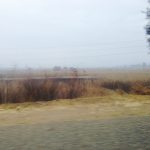
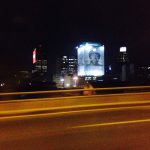
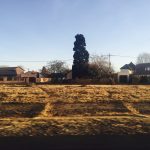
Looking Ahead
While Dr. Saloojee has his hands full with his current writing and drawing projects, that has not stopped his curious mind from thinking ahead to what he wants to research next.
A future project Dr. Saloojee is excited about is looking into the politics of miniature theme parks. From Legoland to Miniatürk, these miniature theme park landscapes contain entire cites, architecture, and the odd politics of scale, but in miniature. He hopes to explore the spatial politics that goes into these parks—from patrons and funding, to tiny models and the enormous worlds they contain.
